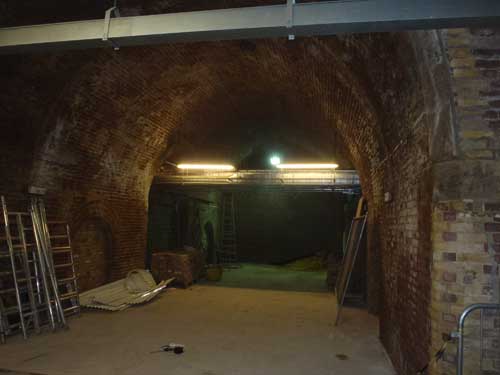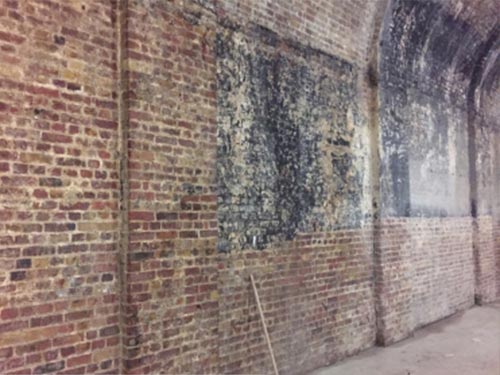The original London Bridge railway station was opened in 1836, one of the first in the world and the first and oldest of the current London railway termini. Since 1836, the station has had a complex history, involving frequent rebuilding and changes of ownership.
Millions of handmade bricks were used to build its vaulted arches, bonded using natural lime mortar. Such mortars remained unchanged until the late 19th century, after which small additions of Portland cement (1828) proved advantageous.
Water seepage is a common occurrence with masonry arches, of which there estimated to be over 250,000 in the UK. In many cases, these represent high value retail areas.
However, there is a potential conflict between preserving their heritage ambiance and achieving suitably dry conditions. Broadly speaking, the traditional 'drying out' solutions are intensive grout injection, which is expensive and unpredictable in outcomes, and internal canopies and linings that collect and hide ingressed water.



